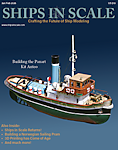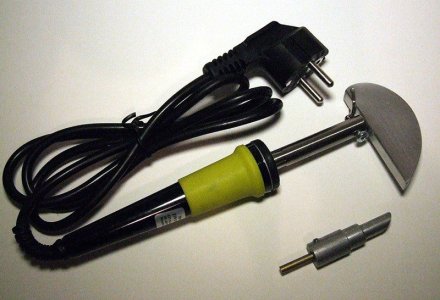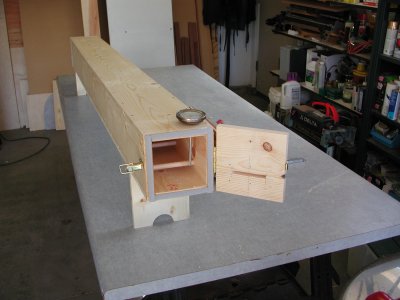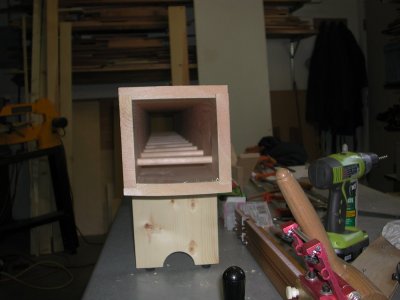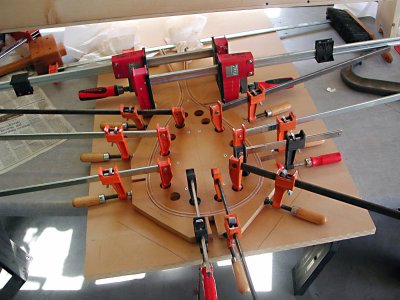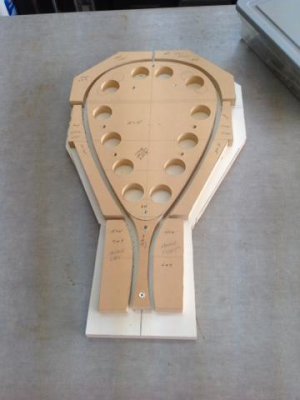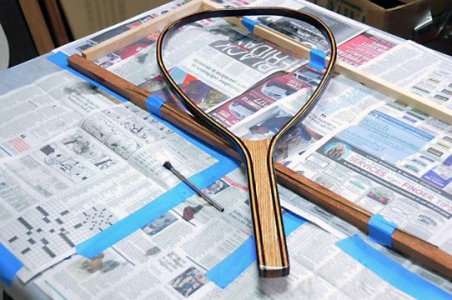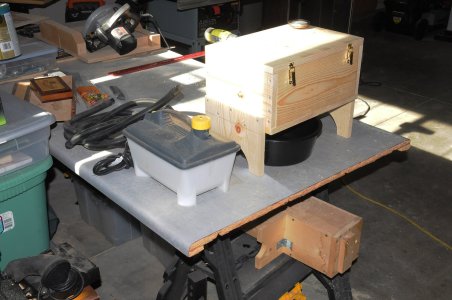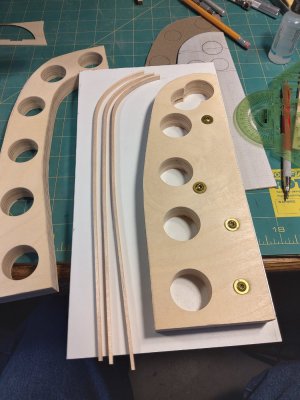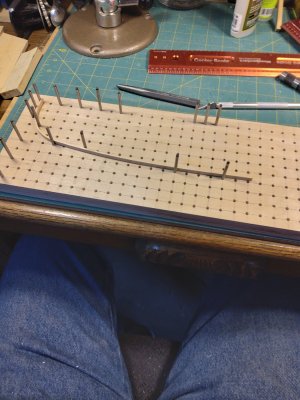I can speak for bending in furniture making. Somewhat larger materials, so both easier, but trickier in some respects. The standard method is named 'steam bending' because the timbers are steamed for a long enough period for heat to penetrate the timber, and the combination of moisture and heat induces a plasticity in the lignin which is exploited by hurriedly placing into a jig/mould, supporting the outer face with a band (of flexible metal) if necessary, then cramping into place and leaving for 24 hours. Note that it may be necessary to over bend to allow for a degree of springback when the clamps are released. Tables are published to help in gauging the allowance. Short grain timber has a higher propensity to shatter.
The reason for going through all this is to point out that compound bends are possible, and in the scale sizes we deal in, wrapping the timber in a wet cloth, and using an old fashioned heavy copper soldering iron to generate local heat, it is possible to 'iron' a plank into place, and clamp/pin it there until cold and dry.
I think we are familiar with the electric versions that apply heat and utilise the few % of moisture in the wood to aid bending. Bringing a further bend into play adds stress to the timber, and it needs to be helped by further damping. Then, of course, you need to let it dry in place.
I'd suggest making up a bit of test ship, and dropping some test planks into a shallow pan set on simmer on a hotplate. Whisk a plank out of the pan, shape it to the 'ship' and clamp it with something. Bind with string, use pins, plank clamps or whatever. See how it goes. If it works for you, then make up something with, say, copper tube as a miniature steam box over some heat.
An internet search throws up dozens of articles about the process, and details issues encountered. Just scale it all down for our needs.


